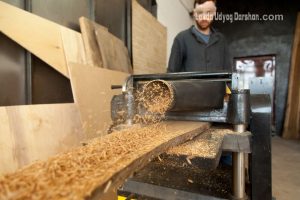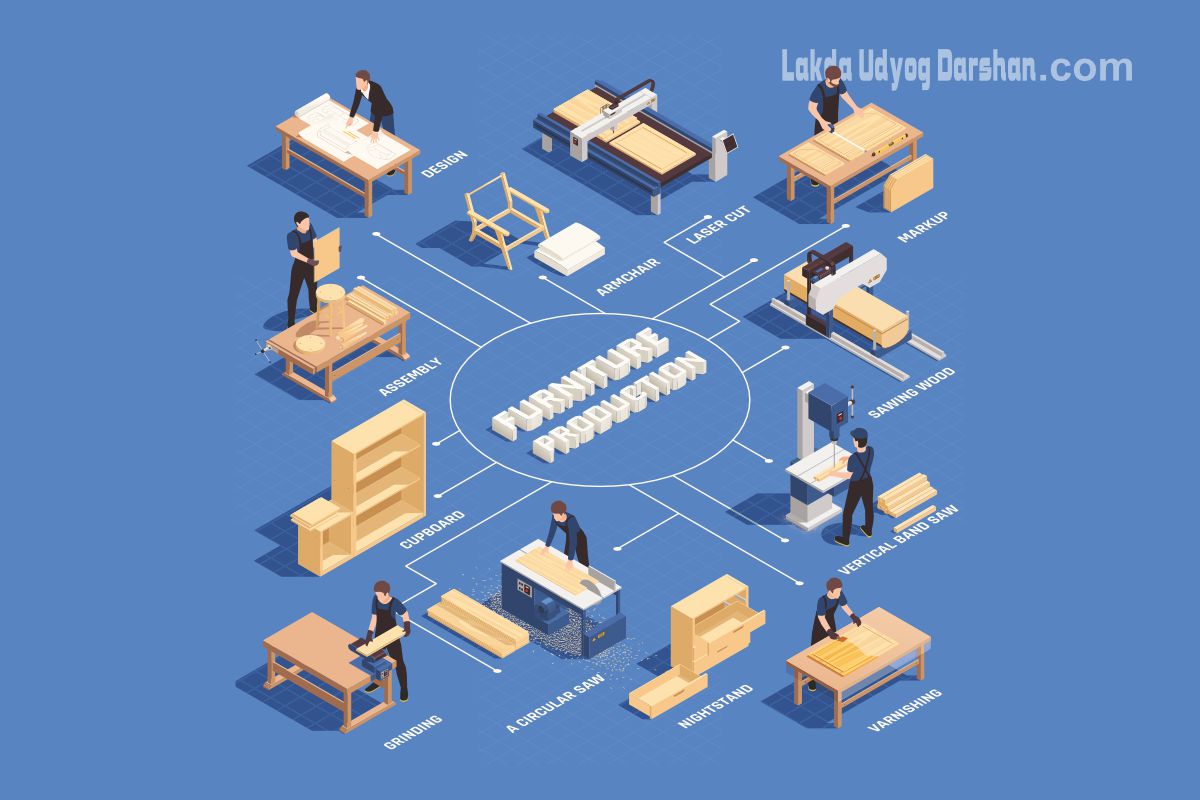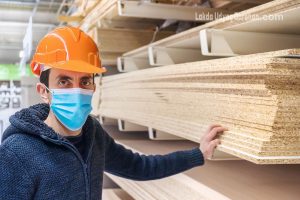Particle board has become a popular choice in the furniture manufacturing industry due to its versatility, affordability, and eco-friendliness. However, the quality of particle board plays a crucial role in determining the durability and aesthetics of the final product. In this article, we will delve into the intricacies of selecting the best quality particle board for furniture manufacturing in India.
Introduction to Particle Board
Particle board, also known as chipboard, is a type of engineered wood product made from wood chips, sawmill shavings, and other wood residuals bonded together with a synthetic resin or binder. This composite material is widely used in furniture, cabinetry, and construction applications.
Understanding the Importance of Quality in Furniture Manufacturing
Quality is paramount when it comes to furniture manufacturing. Poor-quality particle board can lead to structural weaknesses, warping, and premature wear and tear, ultimately affecting the longevity of the furniture piece. Therefore, it is essential to prioritize quality when selecting particle board for furniture production.
Factors to Consider When Choosing Particle Board
Material Composition
The composition of particle board greatly influences its quality. High-quality particle board should have a balanced ratio of wood fibers and resin, ensuring optimal strength and stability.
Density and Thickness
The density and thickness of particle board determine its load-bearing capacity and resistance to impact and moisture. Thicker and denser boards are generally more durable and suitable for heavy-duty applications.
Strength and Durability
When evaluating particle board, consider factors such as internal bond strength, screw holding capacity, and resistance to bending and compression. These properties are indicative of the board’s overall durability and performance.
Formaldehyde Emission Levels
Formaldehyde emissions from particle board can pose health risks and contribute to indoor air pollution. Opt for low-emission or formaldehyde-free particle board to minimize health hazards and ensure a safer indoor environment.
Overview of Particle Board Manufacturing Process

The manufacturing process of particle board involves several stages, including wood preparation, particle sizing, blending with resin, mat formation, hot pressing, and finishing. Understanding this process can help in assessing the quality of the final product.
Best Practices for Sourcing Particle Board in India
Researching Suppliers
When sourcing particle board in India, conduct thorough research on suppliers and manufacturers. Look for companies with a reputation for producing high-quality products and adhering to industry standards.
Quality Testing and Certification
Prioritize suppliers that subject their particle board to rigorous quality testing and hold certifications such as ISO, FSC, or CARB compliance. These certifications ensure that the board meets stringent quality and environmental standards.
Cost Considerations
While cost is an important factor, it should not be the sole determinant when choosing particle board. Investing in higher-quality board may incur initial expenses but can save money in the long run by reducing maintenance and replacement costs.
Comparison with Other Wood Alternatives
Compare particle board with other wood alternatives such as plywood, MDF (Medium Density Fiberboard), and HDF (High Density Fiberboard). Highlight the unique features and advantages of particle board in terms of cost-effectiveness, dimensional stability, and ease of machining.
Future Trends and Innovations in Particle Board
Explore emerging trends and innovations in particle board technology, such as advanced bonding agents, surface treatments, and customizable finishes. Staying updated on industry developments can help in making informed decisions.
Tips for Maintaining Particle Board Furniture
Provide practical tips for maintaining and prolonging the lifespan of particle board furniture, including proper cleaning methods, avoiding excessive moisture exposure, and using protective coatings or sealants.
Common Misconceptions About Particle Board
Address common misconceptions or myths surrounding particle board, such as its perceived inferior quality compared to solid wood. Clarify these misconceptions and emphasize the benefits and versatility of particle board in modern furniture design.
Conclusion: Making the Right Choice for Your Furniture
Choosing the best quality particle board for furniture manufacturing in India requires careful consideration of various factors, including material composition, strength, durability, and environmental sustainability. By prioritizing quality, conducting thorough research, and collaborating with reputable suppliers, furniture manufacturers can ensure the production of durable, aesthetically pleasing, and eco-friendly furniture pieces that meet the needs and preferences of consumers.
Looking for more insights on furniture manufacturing? Check out “Lakda Udyog Darshan,” our magazine dedicated to the latest trends and innovations in the wood industry.
FAQs About Choosing Particle Board for Furniture Manufacturing
- Is particle board a suitable choice for high-end furniture manufacturing?
- Despite its affordability, particle board can be used in high-end furniture manufacturing when sourced from reputable suppliers and combined with quality finishes.
- How does particle board compare to solid wood in terms of durability?
- While solid wood is known for its natural beauty and durability, properly manufactured and laminated particle board can offer comparable strength and longevity.
- What are the environmental advantages of using particle board?
- Particle board utilizes wood residues and by-products, making it an environmentally sustainable option. Additionally, some manufacturers offer formaldehyde-free options to minimize environmental impact.
- Can particle board be customized to match specific design requirements?
- Yes, particle board can be customized in terms of size, thickness, and surface finish to accommodate various design preferences and manufacturing specifications.
- How can I ensure that the particle board I purchase meets quality standards?
- Look for certifications such as ISO, FSC, or CARB compliance, which guarantee the quality and environmental sustainability of the particle board.





